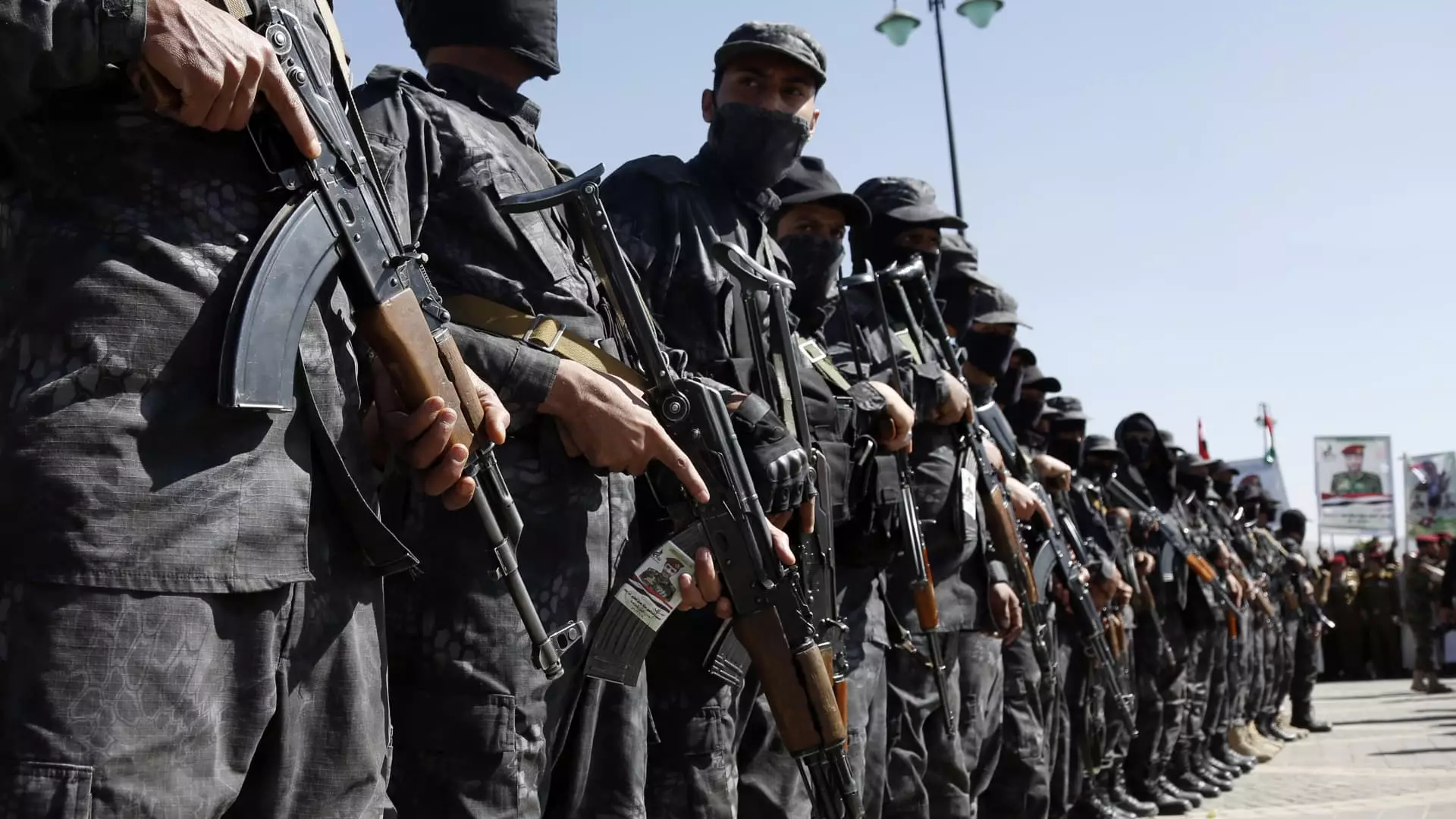The recent airstrikes conducted by U.S. and U.K. forces in Yemen against Houthi rebel targets have sparked debates and discussions around the world. These strikes were carried out in response to repeated attacks by the Iranian-backed group on ships in the Red Sea. The U.S. Air Force targeted over 60 locations, including missile launch sites, production facilities, and radar systems. President Joe Biden, along with the United Kingdom and support from Australia, Bahrain, Canada, and the Netherlands, justified these strikes as necessary to ensure freedom of navigation in one of the world’s most vital waterways.
The Houthi rebels, also known as Ansar Allah or “Supporters of God,” are a militia group that emerged in the early 1990s. They seek to promote the rights of the Zaydi branch of Shiite Islam and gained prominence during the Arab Spring protests in 2011. In 2014, they took over Yemen’s capital of Sanaa and captured large parts of the country, leading to a broader conflict with Saudi Arabia.
The situation in Yemen has been described by the United Nations as “the largest humanitarian crisis in the world.” Human Rights Watch has accused the Houthis of widespread violations of international humanitarian law and civilian harm. They have urged the group to focus on achieving lasting peace in Yemen instead of perpetrating new war crimes.
The Houthi rebels, despite not being internationally recognized as the government of Yemen, control significant portions of the country. They hold strategic areas, including the Bab el-Mandeb Strait, a vital maritime chokepoint connecting the Red Sea with the Gulf of Aden. Yemeni officials have repeatedly accused Iran and the militant group Hezbollah of providing military and financial support to the Houthis. However, Iranian and Hezbollah officials have denied these allegations.
Following the U.S. and U.K. strikes, the Houthi rebels expressed their determination to continue attacking ships in the Red Sea. They argue that the attack targeted Israeli ships and those heading to the ports of occupied Palestine. These ongoing conflicts have drawn international condemnation and rattled global markets. The Red Sea is critical for global seaborne trade, with nearly 15% of trade passing through it, including a significant portion of oil and liquified natural gas trade.
The repercussions of these tensions are already being felt in global supply chains. Peter Sands, chief analyst at air and ocean freight rate benchmarking platform Xeneta, has warned of extended transit times and significantly higher freight rates. The uncertainty created by the situation in the region has become a major concern for shippers and has disrupted the planning of global supply chains.
The recent U.S. and U.K. airstrikes in Yemen against Houthi rebel targets have ignited debates and raised questions about the ongoing conflicts in the region. The Houthi rebels’ control over crucial areas and their alleged support from Iran and Hezbollah have contributed to the escalating tensions. However, these strikes have not deterred the rebels, who have vowed to continue their attacks. The repercussions of these conflicts are already impacting global supply chains, with increased transit times and freight rates. The international community must seek a peaceful resolution to prevent further deterioration of the situation in Yemen and its consequences on global trade and humanitarian efforts.
(Word Count: 652)

Leave a Reply